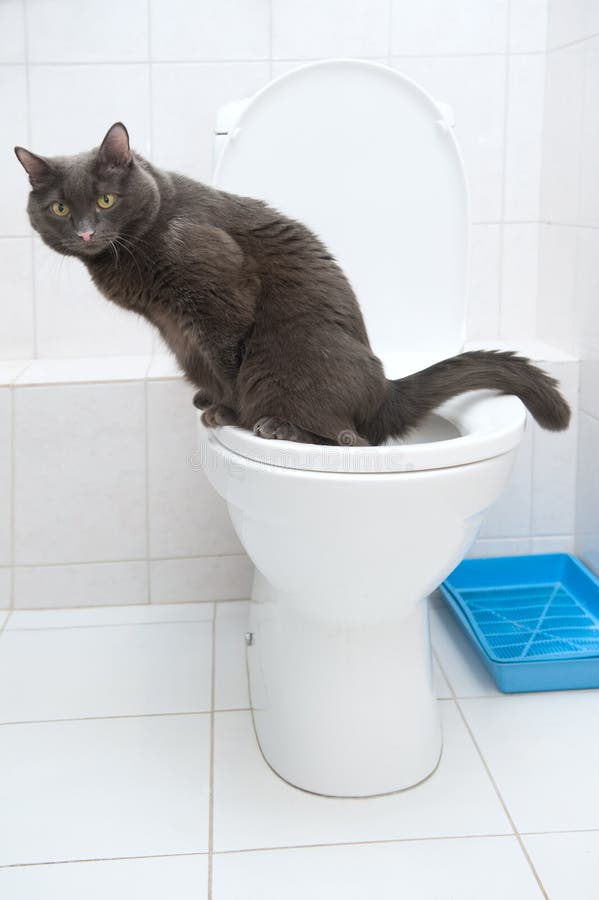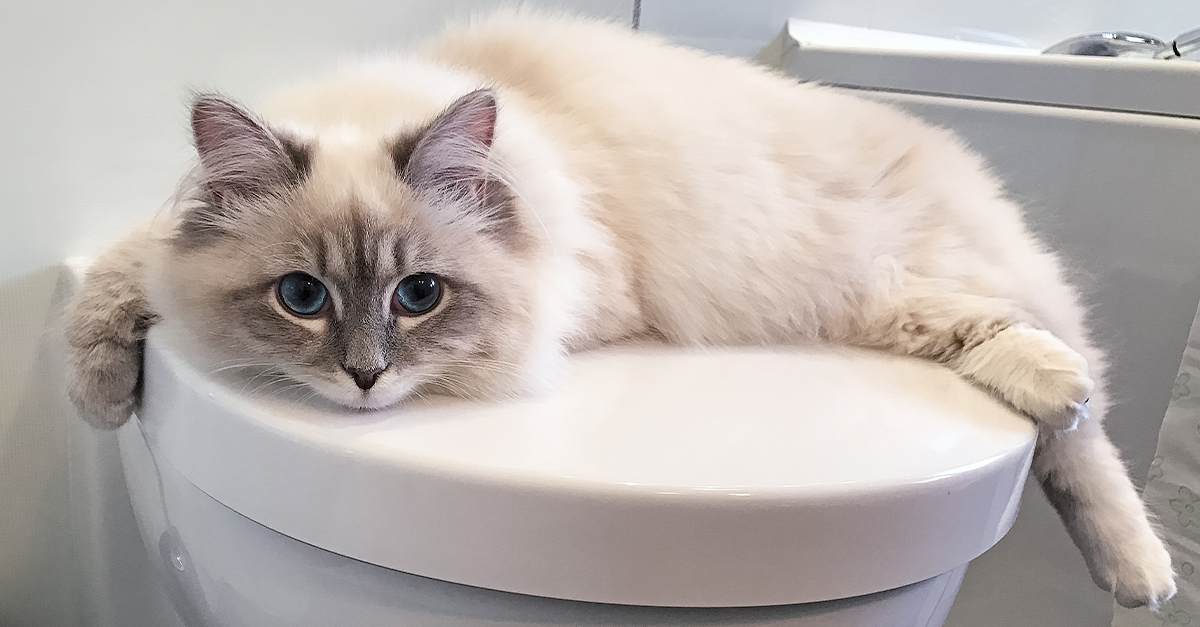When You Must Never Flush Animal Waste Down the Toilet
When You Must Never Flush Animal Waste Down the Toilet
Blog Article
Here on the next paragraphs yow will discover additional sound material all about Should you flush animal waste down the toilet.

When it concerns throwing away waste, especially animal waste, many people usually turn to the convenient choice of flushing it down the commode. However, this apparently very easy option can have serious repercussions for the atmosphere and public health. In this write-up, we'll check out why flushing animal waste down the bathroom is a poor concept and offer alternate methods for appropriate disposal.
Intro
Proper waste disposal is essential for preserving environmental sustainability and public health. While it might appear harmless to flush animal waste down the toilet, it can lead to different concerns, both for the atmosphere and human health.
Dangers of flushing animal waste
Ecological impact
Purging pet waste introduces damaging bacteria and microorganisms into rivers, which can adversely influence aquatic ecosystems. These virus can contaminate water sources and damage marine life, interfering with fragile ecosystems.
Public health worries
Animal waste has hazardous bacteria such as E. coli and Salmonella, which can pose severe wellness dangers to people. Flushing pet waste down the commode can pollute water supplies, resulting in the spread of diseases and infections.
Alternatives to flushing
As opposed to flushing pet waste down the toilet, there are numerous alternative disposal approaches that are a lot more environmentally friendly and hygienic.
Composting
Composting animal waste is an environment-friendly way to get rid of it. By composting, organic matter is broken down into nutrient-rich soil, which can be utilized to feed yards and plants.
Landfill disposal
Getting rid of animal waste in a landfill is another option. While not as eco-friendly as composting, it is a safer alternative to flushing, as it prevents the contamination of water resources.
Pet dog garbage disposal systems
There are specific pet dog garbage disposal systems offered that securely and hygienically throw away animal waste. These systems commonly utilize enzymes to break down waste and remove smells.
Actions to appropriate pet waste disposal
To ensure appropriate disposal of animal waste, comply with these steps:
Scooping and nabbing waste
On a regular basis scoop and bag pet waste making use of eco-friendly bags. This prevents waste from polluting the setting.
Utilizing assigned waste bins
Dispose of bagged animal waste in designated waste bins, such as compost containers or land fill bins. Prevent flushing it down the bathroom whatsoever expenses.
Cleaning litter boxes and animal locations frequently
On a regular basis clean litter boxes and family pet areas to avoid the buildup of waste and microorganisms. Usage pet-safe cleansing products to maintain hygiene.
Advantages of proper disposal approaches
Adopting appropriate disposal methods for animal waste uses numerous advantages:
Lowered environmental pollution
Appropriate disposal methods decrease the threat of environmental pollution, safeguarding rivers and environments from contamination
Minimized danger of water contamination.
By preventing flushing pet waste down the toilet, the threat of water contamination is considerably decreased, safeguarding public health.
Boosted cleanliness and hygiene
Appropriate disposal techniques promote better cleanliness and health, producing a much safer environment for both people and animals.
Conclusion
In conclusion, flushing pet waste down the bathroom is damaging to the setting and public health. By adopting alternative disposal techniques and following correct waste monitoring practices, we can lessen the unfavorable effect of pet waste and add to a cleaner, healthier planet.
What To Do With Dog Poo – The Do's And Don'ts Of Disposing Of Faeces
Dog poo bins
Some councils provide dedicated dog waste bins in popular dog-walking areas that can take dog poo that has been bagged but you can legally dispose of dog waste in any public litter bin, as long as it is securely bagged. This also applies to your wheelie bin at home.
Do not flush
Water companies do not recommend flushing dog faeces down the toilet because certain parasites can survive the water processing treatment and are potentially harmful to humans. You should also never consider flushing dog poo that has been bagged down the toilet as the bags will not break down and instead create severe blockages in the sewage system.
In the woods
The Forestry Commission promotes a ‘stick and flick’ method for dealing with waste in the woods. This means finding a stick and using it to flick any poo from off the path so that it is out of the way of other walkers. You could also bury it as long as it is not in an area where there might be livestock.
Livestock
Parasites found in dog poo can be transmitted to livestock if they inadvertently eat infected faeces that has been left on grazing land. This could result in the death of sheep or abortion in cattle so you should always make sure you pick up your dog’s waste in fields where livestock could be present.

On a regular basis clean litter boxes and family pet areas to avoid the buildup of waste and microorganisms. Usage pet-safe cleansing products to maintain hygiene.
Advantages of proper disposal approaches
Adopting appropriate disposal methods for animal waste uses numerous advantages:
Lowered environmental pollution
Appropriate disposal methods decrease the threat of environmental pollution, safeguarding rivers and environments from contamination
Minimized danger of water contamination.
By preventing flushing pet waste down the toilet, the threat of water contamination is considerably decreased, safeguarding public health.
Boosted cleanliness and hygiene
Appropriate disposal techniques promote better cleanliness and health, producing a much safer environment for both people and animals.
Conclusion
In conclusion, flushing pet waste down the bathroom is damaging to the setting and public health. By adopting alternative disposal techniques and following correct waste monitoring practices, we can lessen the unfavorable effect of pet waste and add to a cleaner, healthier planet.
What To Do With Dog Poo – The Do's And Don'ts Of Disposing Of Faeces
Dog poo bins
Some councils provide dedicated dog waste bins in popular dog-walking areas that can take dog poo that has been bagged but you can legally dispose of dog waste in any public litter bin, as long as it is securely bagged. This also applies to your wheelie bin at home.
Do not flush
Water companies do not recommend flushing dog faeces down the toilet because certain parasites can survive the water processing treatment and are potentially harmful to humans. You should also never consider flushing dog poo that has been bagged down the toilet as the bags will not break down and instead create severe blockages in the sewage system.
In the woods
The Forestry Commission promotes a ‘stick and flick’ method for dealing with waste in the woods. This means finding a stick and using it to flick any poo from off the path so that it is out of the way of other walkers. You could also bury it as long as it is not in an area where there might be livestock.
Livestock
Parasites found in dog poo can be transmitted to livestock if they inadvertently eat infected faeces that has been left on grazing land. This could result in the death of sheep or abortion in cattle so you should always make sure you pick up your dog’s waste in fields where livestock could be present.

I ran across that piece about 4 Reasons Why Dog Poop Cleanup is Important when looking around the web. Are you aware of another person who is sincerely interested in the niche? Please feel free to promote it. Thank you so much for going through it.
Call Report this page